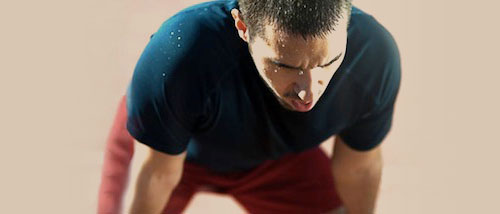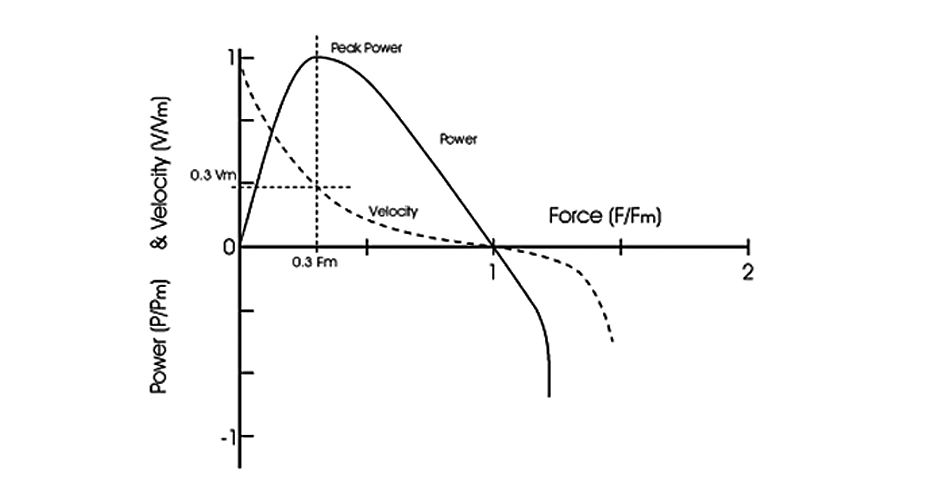Real-Time Fatigue Monitoring using Metabolic Power and CP/W’

Explanation of the idea
Over the years there were couple of tries to monitor fatigue real-time in team sports, such as soccer. The most simple one was to use heart rate (HR) data and see if the players were getting tired by checking if the HR was getting higher and higher. Long story short – this doesn’t work and I have no clue where the idea that increased HR is related to fatigue in the first place.
With the development in technology like GPS used for position tracking of the players, sport scientist showed that the distance covered and distance covered at higher velocities in the last minutes of the game is droping down. Eureka – it has to be fatigue! Or is it?
But then, it has been shown that no matter the fitness level of the player, everybody experience drop in performance during the last minutes of the game. What happens during that time in the game tactically? Depending on the score, leading team will try to put the ball in the corners, protect the ball or get it outside the bounds. In other words slow down the game. So the drop have nothing to do with fatigue, but rather game demand.
Combining the internal (HR) and external work (GPS) might give us some insight regarding the cost of activity. If my HR gets higher for the same level of external work, that might indicate fatigue. I call this the efficiency score. This is definitely interesting idea.
Approach that I am going to present in this how-to article is combining what we know about athletes’ potential and the expression of this potential in the game. One such approach is Critical Power (CP) model. I am not going to talk much on CP model, but rather direct you to a great studies and papers, such as:
- Using scatterplots to teach the critical power concept
- Application of critical power in sport
- Rationale and resources for teaching the mathematical modeling of athletic training and performance
- 3-min all-out exercise test for running
- Modeling the Expenditure and Reconstitution of Work Capacity above Critical Power
To make this simple as possible, power output over CP starts spending limited anaerobic reserve or W’ (read W prime). Using known CP and W’ for an individual make it possible to predict distance times and exhaustion times. According to CP/W’ model, exhaustion happens when one spends all of his W’. The more W’ you spend, the more you are tired. You can find more in the links above
The original real time monitoring idea comes from Philip Skiba. He used this approach in cycling because it is easy to measure power output on the bike. Knowing CP/W’ of the cyclist he can visualize loss in W’ and make appropriate adjustments in pace. The only problem is that we can’t measure power output in soccer for example. Or can we?
I have wrote previously about this concept of measuring/estimating Metabolic Power (MP). You can find more about it HERE. Using this algorithm (combining velocity and acceleration data), Catapult GPS devices estimate and report MP and I was lucky enough to have couple of them at my disposal.
Unfortunately there is still a lot to do when it comes to MP estimates, like validity studies and reliability studies. I will assume that MP estimates are valid and reliable in this how-to article.
Ok – we have MP estimates from Catapult system, but how do we know CP/W’ of the player? One approach would include doing 3 or more exhausting runs to estimate CP/W’ (see the links above). This is not time nor energy efficient.
Luckily, Dr. Robert Pettitt et al. created the 3 min all-out test (3 MT) for running (see the links above). Using simple 3 min all out (simple, but not easy!) we can get CP/W’ for each player. But here is the catch – the 3 MT uses straight running (around 400m track) and the estimates we get are critical velocity and D’. We need to convert that to CP/W’ somehow.
Wearing Catapult devices and estimating instant MP might be solution to this. Another modification might be to make the test in shuttle mode, instead of straight line. This will involve more change-of-directions (CODs) and it will make it sport specific.
Not sure if anyone did this though.
Here is the outline of the whole idea:











Responses